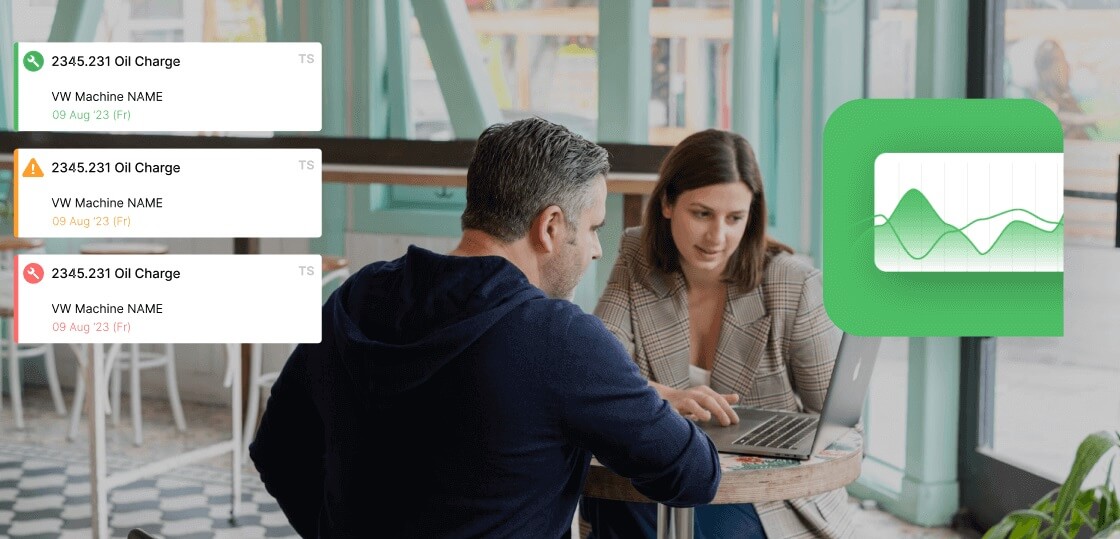This is where OEE and CMMS merge. If you use Fabrico, you can embed the maintenance culture directly into the production workflow.
1. The Digital CIL (Clean, Inspect, Lubricate)
Instead of a paper list, the operator opens Fabrico on their tablet at the start of the shift.
-
Visual Guides: The task isn't just text; it's a picture. "Check Oil Level" shows a photo of the sight glass with a green line marking the correct level.
-
Mandatory Evidence: For critical checks, the system can require the operator to snap a photo before they can click "Pass."
-
The Result: You get proof of compliance, not just tick marks.
2. The "One-Click" Work Request
This is the game changer.
In the old world, if an operator noticed a loose belt, they would ignore it because finding a maintenance supervisor was too much hassle.
In Fabrico, if a CIL inspection step fails, the system asks: "Do you want to create a Work Order?"
-
The operator clicks "Yes."
-
They take a photo of the loose belt.
-
The Work Order is instantly routed to the Maintenance Manager's queue.
The operator feels heard, and the small problem is caught before it becomes a shift-ending snap.
3. Visual OEE as a Trigger
Operators care about their targets. When you display Real-Time OEE (Performance/Speed) on their screen, they naturally want to fix red numbers.
If the machine slows down, Fabrico can automatically prompt the operator:
"Performance has dropped. Please check the in-feed sensor."
You are empowering them to troubleshoot their own machine using data, rather than waiting for a mechanic to tell them a sensor is dirty.
Take a live tour with a product expert







